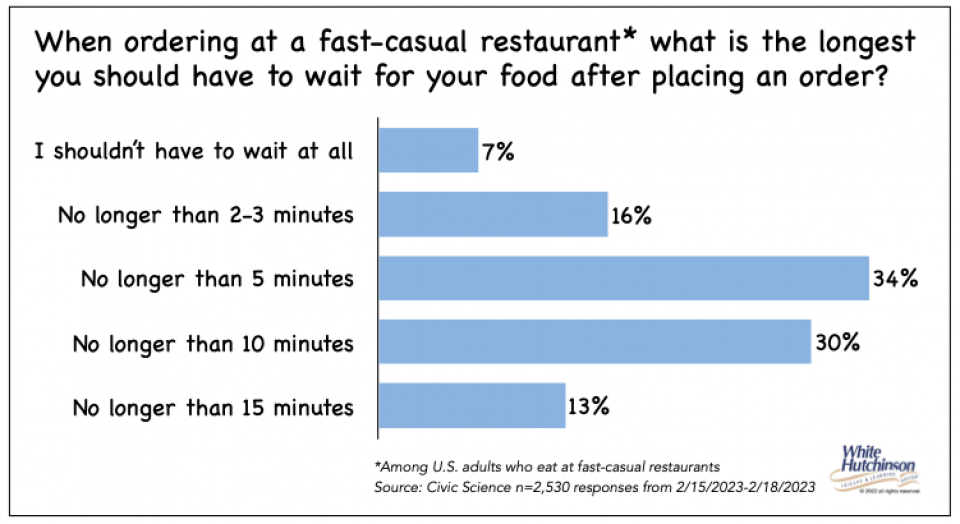
Vol. I, No. 1, March 2023
Long waits reduce revenues and profits
Patience is a virtue, but it's becoming an exceedingly rare quality in modern society. According to surveys, all the luxuries of everyday life have made most people incredibly less patient across almost every aspect of their lives. Three-quarters of people in a recent survey said they believe the dominance of digital technology, such as smartphones and on-demand TVs, is to blame for an ever-growing lack of patience. Technology teaches us to expect instant gratification, but the physical world rarely works that way.

Waiting in line is one of the many things people are losing patience with. It's been called a "timeless form of torture." In a recent 2022 survey, nearly 69% said waiting in line elicits negative feelings, including boredom, annoyance, frustration, and impatience. This indicates that even when it comes to getting something desirable, people do not want to wait. Nearly 75% of people surveyed said they sometimes leave a physical line before it's their turn. People 18-44 are most likely leave a physical line before it's their turn.
One area where long waits can cost an agritourism business revenues and profits is visitors purchasing food and beverages. There's the wait in line to buy it and then the wait to get the order.
Most agritourism businesses serve food fast-casual style - people order at one location and then wait for their food to be delivered to another location or even delivered to their table. A survey last month of 2,530 adults examined how long people will wait for their food after placing an order. The survey found that more than half, 57%, won't wait more than 5 minutes, and 87% won't wait longer than 10 minutes.

The survey also asked people how long they were willing to wait at a fast-food restaurant for their food after ordering. There was far less patience there. More than three-quarters of people (76%) were only willing to wait no longer than 5 minutes.
This means that to be successful with food and beverage sales, agritourism farms need to design the capacity, the throughput of their food and beverage facilities to accommodate busy times. This includes not only not having long queues to order but also speedy delivery of the F&B once ordered.
Food and beverage sales can be significant at agritourism businesses, as much as $14 per person and up to one-third of total revenues. Our company's analysis of several farms' sales found that when F&B facilities are not sized and staffed for busy times, there is an inverse relationship between attendance and per capita F&B sales; the more crowded the farm got, the lower the per capita F&B sales became. That's why it is essential when designing F&B locations to project needed throughput to property size every aspect of the location.
Pre-pandemic, it was challenging to control on-site attendance, as all admissions were bought at the gate, so things could get really crowded on some days. Covid has taught us that admissions can be switched to online by reservation only at specific admission time windows, allowing on-site attendance to be limited to a comfortable level. This helps reduce F&B order and wait times to maximize its per capita revenues.
Subscribe to Agritourism Today



